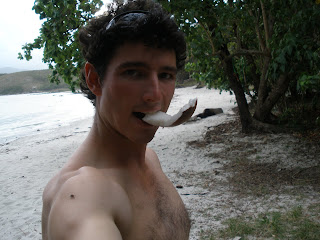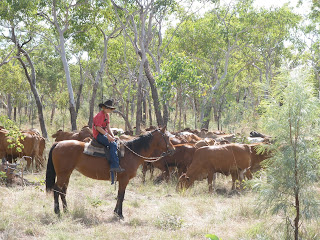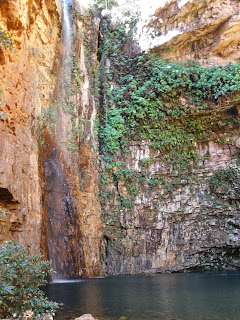I have spent 9 days worth of my time, and most of my money here diving. I did a couple of introductory scuba dives, a 4 day open water course, a 3 day live aboard advanced course, and have volunteered for a day. All of which were awesome. The diving here is pretty good, with turtles, sharks, and interesting corals, plants, fish, nudibranches in abundance. Although signs of stress are evident on the reef with large patches of dead or bleached coral, and signs of human impact mostly broken coral etc at the dive sites. I haven't had the chance, but the ribbon reefs north of Cairns are meant to be the best spots, and where all the Great Barrier Reef documentaries are filmed.
That said I have seen more of the barrier reef than most people would ever dream of seeing - just not under water, only from the surface. I spent 10 days working on the F.V. Irene, a coral trout fishing boat. During our trip we travelled from Cairns north up the reefs to within a 100 nm of Cape York, and back south to the tiny community of Portland Roads where I caught the truck back to Cairns. More on the Irene in another post.
I have been on a couple of return trips to the Tablelands, catching up with Ian (the horse breaker) and seeing the sights, plus enjoying the cooler weather! But one of the most exciting activities in Cairns itself was a flying trapeze lesson that four of us did. We did a knee hang with a catch and backflip off the release and it took only 5 swings and an hour or two of practise, but is a fantastic feeling. Not quite flying, but great fun!
I have had plenty of great nights out with great people, but I am heading home today for Xmas, then Sydney for New Year, and back to Cairns to grab my car and start driving south!










































